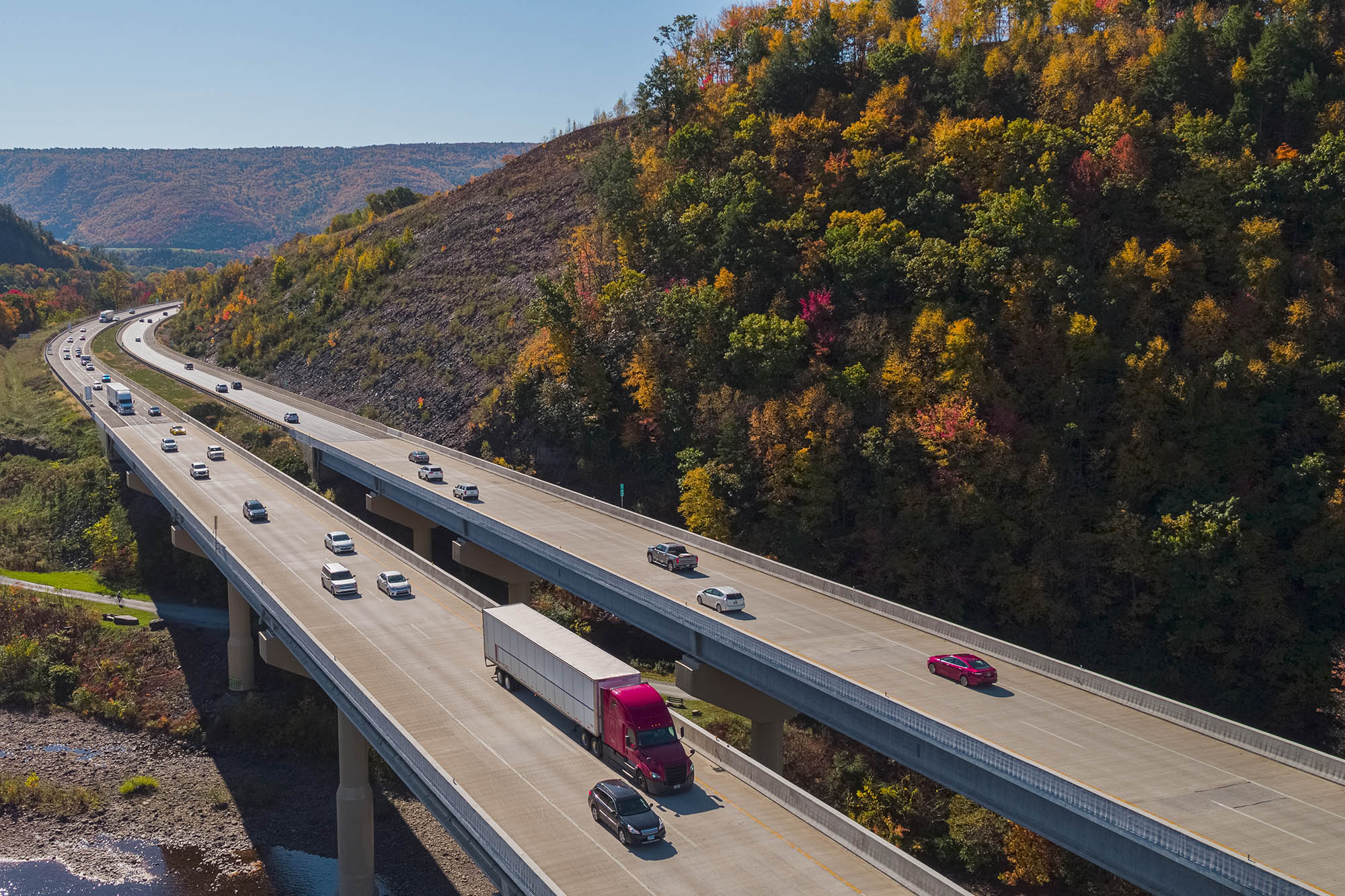What Is Hypermiling?
Maximum efficiency with minimal gas defines these driving techniques.
 Getty Images
Getty Images
If you've spent any time browsing the internet looking at ways to improve your vehicle's fuel efficiency, chances are you've stumbled across one or two mentions of hypermiling.
The hypermiling community is one of the more interesting niches in the automotive world, and it's one undergoing changes as the industry gradually switches from gas-powered vehicles to electrics.
A Quick History of Hypermiling
Hypermiling got its start about 20 years ago through the intersection of two trends: rising fuel prices and the introduction of hybrid automobiles that prized efficiency.
While these hybrids offered excellent fuel economy even when driven normally, a community of enthusiasts grew up around finding methods to squeeze as many miles as possible out of every last drop of fuel in the tank. Rather than modify the cars themselves, these enthusiasts instead turned toward developing extremely frugal driving styles.
Gradually, this collection of techniques became known as hypermiling and its practitioners as hypermilers.
How to Hypermile
Much of the hypermiling playbook reads like common sense. Drivers are instructed to avoid jackrabbit starts and heavy throttle inputs and to smooth out their braking and acceleration by keeping an eye on the road ahead so they can anticipate the flow of traffic and the topography of the route.
Once you get past the basics, however, hypermiling begins to drill down into more extreme methods of preserving fuel. It starts out with avoiding the brake pedal as much as possible, which means coasting down hills or to a stop and allowing a vehicle's regenerative braking system (if in a hybrid vehicle) to recuperate the maximum amount of energy.
Some drivers even position their vehicles dangerously close behind large trucks on the highway to take advantage of drafting behind an 18-wheeler that's cutting through the air ahead. This, of course, can be an unwise practice.
Not all hypermiling strategies are that risky. There's plenty of planning that goes into maximizing fuel economy, such as parking facing the sun on cold days — and thus heating up the cabin and defrosting the windshield — or under shade on hot days, all to reduce the use of fuel-sapping air conditioning and climate control as much as possible.
Then there's planning routes to avoid heavy traffic or even leaving the car at home entirely for short, walkable trips, as well as maintaining proper tire inflation at all times, keeping the windows closed, removing any roof racks or other accessories that can cause aerodynamic drag, and making sure there's no extra weight in the trunk.
In the early days of hypermiling, some drivers would even turn off their car entirely while coasting at speed or sitting at a stop light — a tactic no longer needed in most modern hybrids, where automatic engine stop-start is a standard feature.
Hypermiling in the EV Era
Fully electric vehicles already incorporate some aspects of hypermiling, such as extremely aerodynamic designs and variable regenerative braking that automatically recuperates optimum amounts of energy.
Since an electric motor never idles, it's inherently more efficient than a gas engine, but that doesn't mean some hypermiling techniques — such as reducing weight inside a vehicle, avoiding the use of air conditioning, and practicing smooth acceleration — won't help improve driving range per charge.
Written by humans.
Edited by humans.
 Benjamin Hunting
Benjamin HuntingBenjamin Hunting is a writer and podcast host who contributes to a number of newspapers, automotive magazines, and online publications. More than a decade into his career, he enjoys keeping the shiny side up during track days and always has one too many classic vehicle projects partially disassembled in his garage at any given time. Remember, if it's not leaking, it's probably empty.
Related articles
View more related articles